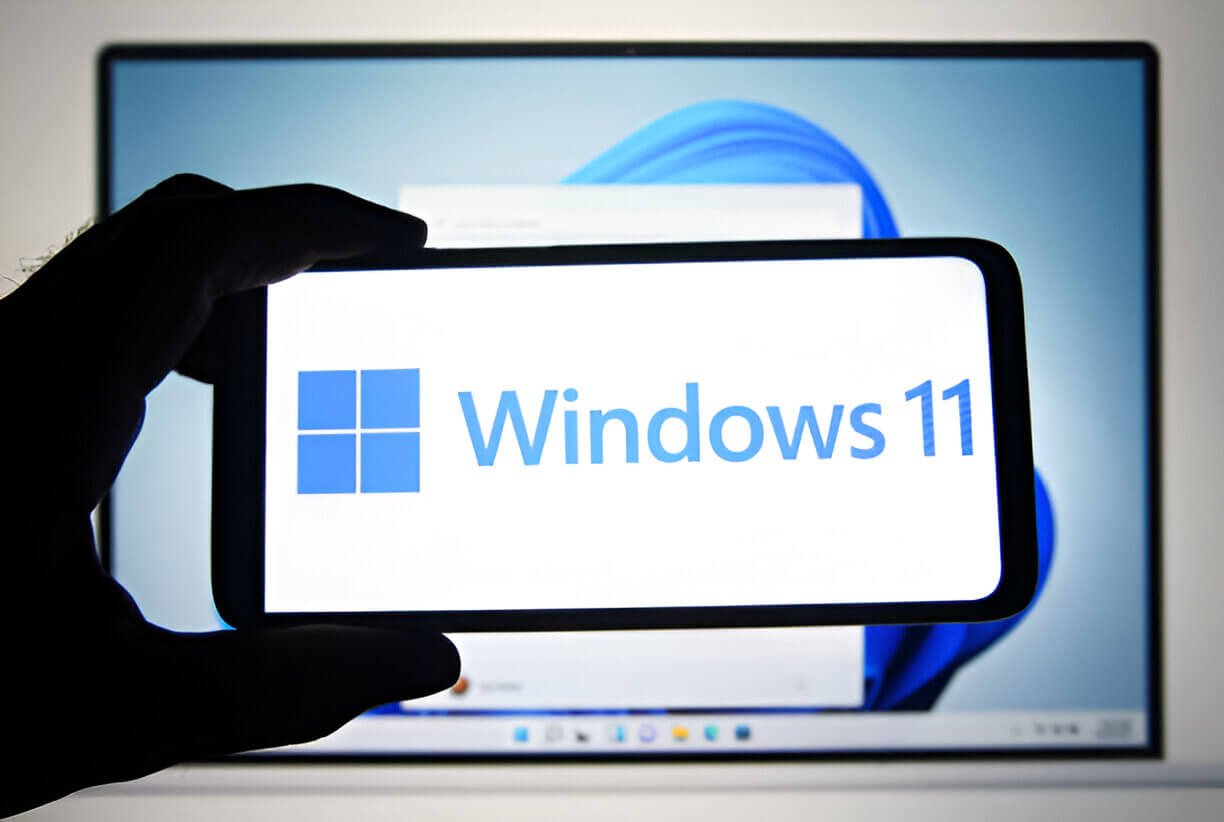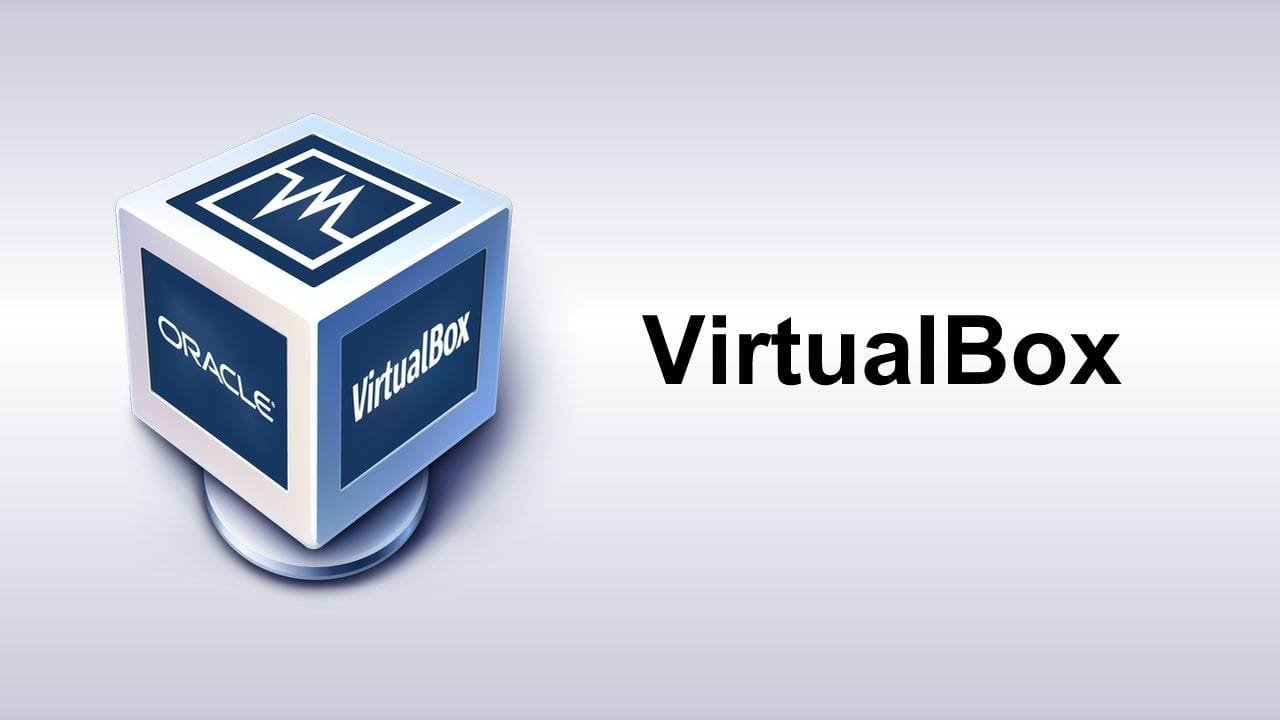A 32TB server Windows is a high-capacity storage solution designed to meet the growing data storage demands of modern businesses and organizations. It typically refers to a server equipped with multiple hard disk drives (HDDs) or solid-state drives (SSDs) that collectively provide a total storage capacity of 32 terabytes (TB).
This massive storage capacity makes 32TB servers ideal for a variety of use cases that require large amounts of data storage and management. Some typical applications include:
- Data Centers:
In data centers, 32TB servers are used to store and manage vast amounts of data generated by various applications, databases, and services. They provide a centralized and scalable storage solution for businesses that need to handle large volumes of data efficiently. - Video Surveillance:
With the increasing adoption of high-resolution cameras and the need for longer retention periods, video surveillance systems often require substantial storage capacity. 32TB servers can accommodate the continuous recording and archiving of video footage from multiple cameras across various locations. - Large-scale Data Storage:
Industries such as media and entertainment, scientific research, and healthcare frequently deal with massive datasets that require extensive storage resources. 32TB servers offer a reliable and high-capacity solution for storing and managing these large data volumes. - Backup and Archiving:
Organizations rely on 32TB servers to create redundant backups of critical data, ensuring data protection and enabling long-term archiving for compliance or historical purposes.
With their massive storage capacity, 32TB servers provide a robust and scalable solution for businesses and organizations that need to store, manage, and access large amounts of data efficiently and reliably.
Benefits of Using a 32tb Server Windows
Choosing a 32TB server with a Windows operating system offers several advantages for businesses and organizations. One of the primary benefits is seamless compatibility and integration with existing Windows-based systems. As most corporate environments heavily rely on Microsoft products, deploying a 32TB server running on Windows ensures a smooth transition and eliminates potential compatibility issues, allowing for efficient data sharing and collaboration across the network.
Another significant advantage is the enhanced security features provided by Windows Server. Microsoft has invested heavily in developing robust security measures, including advanced firewalls, encryption capabilities, and regular security updates. These features help protect sensitive data stored on the 32TB server, ensuring that critical information remains safe from unauthorized access or cyber threats.
Ease of management is another compelling reason to opt for a 32TB server with Windows OS. Windows Server offers a user-friendly interface and a wide range of administrative tools that simplify server management tasks. IT professionals can leverage their existing knowledge of Windows Server to efficiently configure, monitor, and maintain the 32TB server, reducing the need for extensive training and minimizing potential downtime.
Furthermore, Windows-based 32TB servers provide excellent scalability and flexibility. As business needs evolve, these servers can be easily expanded or reconfigured to accommodate growing storage requirements. With support for various RAID configurations and the ability to add additional storage arrays, organizations can future-proof their investment and ensure that their storage infrastructure can adapt to changing demands.
Key Features to Look for in a 32tb Server Windows
When considering a 32TB server, there are several key features to evaluate to ensure it meets your specific requirements. These features play a crucial role in determining the server’s performance, reliability, and overall suitability for your storage needs.
Storage Type (SATA vs. SAS)
One of the primary considerations is the type of storage drives used in the server. The two main options are SATA (Serial Advanced Technology Attachment) and SAS (Serial Attached SCSI). SATA drives are generally more affordable and suitable for general-purpose storage, while SAS drives offer higher performance, reliability, and enterprise-grade features, making them better suited for mission-critical applications.
Processor and RAM Specifications
The processor and RAM specifications of a 32TB server are essential for ensuring optimal performance, especially when dealing with large amounts of data. A powerful processor with multiple cores and high clock speeds will enable efficient data processing and handling of concurrent tasks. Sufficient RAM is also crucial for caching data and supporting memory-intensive operations.
RAID Configurations and Data Protection
Redundant Array of Independent Disks (RAID) configurations are vital for data protection and redundancy in server environments. RAID levels, such as RAID 5, RAID 6, or RAID 10, provide different levels of data redundancy and performance trade-offs. Choosing the appropriate RAID level based on your specific requirements can ensure data integrity and availability in the event of drive failures.
Network Interface Options
The network interface options of a 32TB server determine its connectivity and data transfer speeds. High-speed interfaces like 10Gb Ethernet or higher are essential for efficient data transfer, especially when dealing with large files or high-bandwidth applications. Additionally, multiple network interfaces can provide redundancy and load balancing capabilities.
Power Supply and Redundancy Features
Reliable power supply and redundancy features are crucial for ensuring continuous operation and minimizing downtime. Look for servers with redundant power supplies, which provide backup power in case of a failure, and hot-swappable components that allow for easy replacement without shutting down the system. These features enhance overall system reliability and uptime.
By carefully evaluating these key features, you can select a 32TB server that meets your specific performance, reliability, and data protection requirements, ensuring optimal storage solutions for your organization.
Popular 32TB Server Models
When it comes to popular 32TB server models, several options stand out in the market. One of the most notable is the HPE StoreEasy 1670 32TB SAS Storage with Microsoft Windows Server IoT 2022. This server from HPE offers enterprise-grade storage capabilities with the reliability and familiarity of the Windows Server operating system. It features SAS drives for enhanced performance and data integrity, making it an excellent choice for mission-critical applications.
Another prominent option is the Dell PowerEdge R450 with 32TB storage. Dell’s PowerEdge series is renowned for its robust design and powerful performance. This particular model combines ample storage capacity with Dell’s proprietary server management tools, ensuring efficient administration and maintenance.
For small to medium-sized businesses, the Buffalo TeraStation 5420DN Windows Server IoT 2019 is an attractive choice. This compact yet powerful server offers 32TB of storage while running on the familiar Windows Server IoT 2019 operating system. Its user-friendly interface and easy setup make it an ideal solution for organizations with limited IT resources.
Finally, the Samsung Hanwha WRR-Q-A201W-32TB 2U Rack Server is a reliable and high-performance option. This 2U rack server is designed for data-intensive applications, offering 32TB of storage capacity, redundant power supplies, and advanced cooling systems for optimal performance and reliability.
How to Choose the Right 32TB Server for Your Needs
Choosing the right 32TB server for your needs requires careful consideration of several factors to ensure you make an informed decision that meets your current and future requirements. Here are some key aspects to evaluate:
Assessing Your Storage Requirements
Before selecting a 32TB server, it’s crucial to assess your organization’s storage needs accurately. Determine the amount of data you currently have and estimate future growth projections. Consider the types of data you’ll be storing, such as databases, multimedia files, or backups, as different data types may have specific storage requirements.
Budget Considerations
32TB servers can be a significant investment, and it’s essential to factor in the overall cost of ownership. While the initial purchase price is a crucial consideration, don’t overlook ongoing expenses like power consumption, cooling requirements, and maintenance costs. Evaluate your budget and strike a balance between upfront costs and long-term operational expenses.
Future Scalability
As your business grows, your storage needs will likely increase as well. When selecting a 32TB server, consider its scalability potential. Look for servers that support easy expansion of storage capacity, either through additional drive bays or the ability to add external storage arrays. This flexibility will help you avoid costly replacements or upgrades in the future.
Vendor Support and Warranty
Reliable vendor support and a comprehensive warranty can make a significant difference in ensuring the smooth operation and longevity of your 32TB server. Evaluate the vendor’s reputation for customer service, technical support, and the availability of spare parts or replacements. Additionally, review the warranty terms, including coverage duration, response times, and any limitations or exclusions.
By carefully assessing these factors, you can make an informed decision and select a 32TB server that aligns with your organization’s needs, budget, and long-term goals, ensuring a reliable and scalable storage solution.
Setting Up and Managing Your 32TB Server
Once you’ve selected the ideal 32TB server for your needs, the next step is to ensure proper setup and ongoing management. Proper configuration from the start is crucial to optimize performance, security, and data protection.
Initial Setup and Configuration
Upon receiving your new 32TB server, follow the vendor’s instructions carefully for initial setup. This typically involves mounting the server in a rack, connecting power and network cables, and powering it on. The initial configuration process may vary depending on the manufacturer, but it generally involves accessing the server’s management interface (often a web-based utility) and configuring essential settings such as:
- Setting up RAID arrays and data protection levels
- Configuring network settings (IP address, DNS, etc.)
- Installing the latest firmware and driver updates
- Enabling security features (firewall, encryption, etc.)
- Creating user accounts and setting permissions
It’s essential to follow best practices during this initial setup phase to ensure your server is properly secured, optimized for performance, and ready for data storage and management.
Best Practices for Data Management and Backup
With a massive 32TB of storage capacity, proper data management and backup strategies are crucial to prevent data loss and maintain data integrity. Here are some best practices to consider:
Data Organization:
Implement a logical folder structure and naming conventions to keep your data organized and easily accessible. This will simplify data management and backup processes.
Backup Strategy: Develop a comprehensive backup strategy that includes both on-site and off-site backups. Consider using a combination of full and incremental backups to optimize backup times and storage space. Regularly test your backups to ensure they are working correctly.
Data Deduplication and Compression:
Explore data deduplication and compression technologies to reduce the amount of storage space required for backups and optimize storage utilization.
Retention Policies:
Establish clear data retention policies that dictate how long different types of data should be kept. This will help you manage storage space effectively and comply with any relevant regulations or industry standards.
Access Controls:
Implement strict access controls to ensure that only authorized personnel can access and modify critical data. Use role-based access control (RBAC) and audit logging to maintain data security and integrity.
Monitoring and Maintenance Tips
Regular monitoring and maintenance are essential to ensure your 32TB server continues to operate at peak performance and minimize the risk of downtime or data loss. Here are some tips to consider:
Performance Monitoring: Use the server’s built-in monitoring tools or third-party software to track performance metrics such as CPU utilization, memory usage, disk I/O, and network traffic. This will help you identify and resolve any performance bottlenecks before they become critical issues.
Disk Health Monitoring:
Implement disk health monitoring to detect and address any potential disk failures before they occur. Many server management tools offer S.M.A.R.T. (Self-Monitoring, Analysis, and Reporting Technology) monitoring capabilities, which can alert you to potential disk issues.
Software Updates:
Regularly check for and install updates to the server’s operating system, firmware, and any other software components. These updates often include security patches, bug fixes, and performance enhancements.
Hardware Maintenance:
Follow the manufacturer’s recommended maintenance schedules for hardware components such as fans, power supplies, and disk drives. Regular cleaning and replacement of components can help extend the server’s lifespan and prevent failures.
Capacity Planning:
Monitor storage capacity closely and plan for future growth. As your data storage needs increase, you may need to consider expanding your storage capacity or implementing data archiving strategies.
By following these best practices for setup, data management, backup, and ongoing maintenance, you can ensure your 32TB server operates efficiently, securely, and with minimal downtime, providing reliable high-capacity storage for your organization.
Conclusion
In conclusion, a 32TB server is an invaluable asset for organizations with substantial data storage needs. Whether you’re managing a data center, handling large-scale video surveillance, or safeguarding critical business information, a 32TB server provides the capacity, reliability, and scalability required to meet these demands. By choosing a server with the right features, such as the type of storage drives, processor, RAM, and RAID configurations, you can ensure optimal performance and data protection.
Moreover, selecting a Windows-based 32TB server brings additional benefits like seamless integration, robust security features, and ease of management. Popular models from HPE, Dell, Buffalo, and Samsung offer various options tailored to different business needs and budgets. Finally, setting up and managing your 32TB server with best practices in data organization, backup, and maintenance will maximize its effectiveness, ensuring it remains a vital component of your IT infrastructure for years to come.
By carefully considering your organization’s specific requirements and following the guidance outlined in this article, you can confidently choose and manage a 32TB server that will support your business’s growth and data management needs efficiently.




